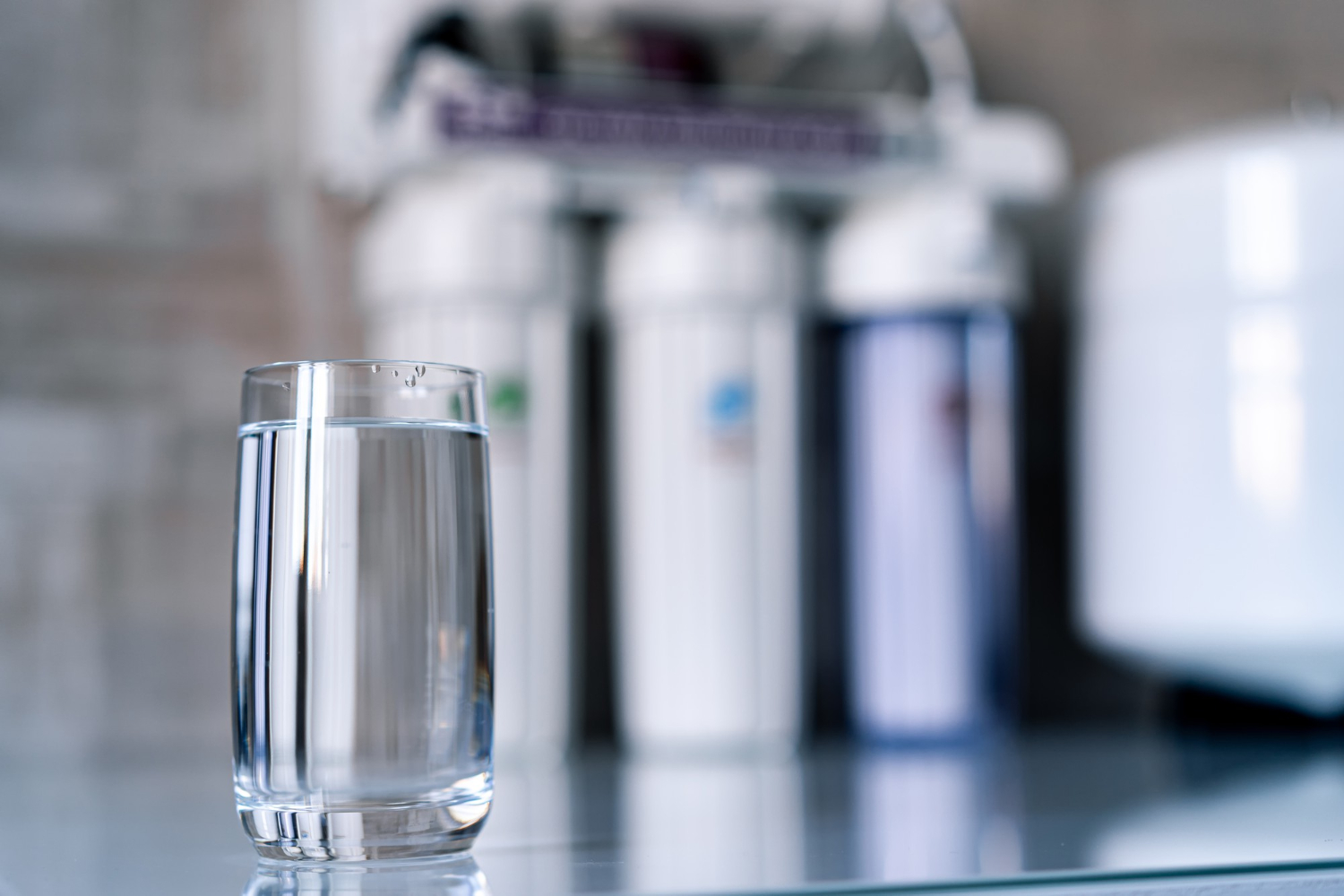
A reverse osmosis (RO) system is an essential part of many households and businesses, providing clean and purified water for drinking and other uses. To ensure that your RO system operates at maximum efficiency and continues to provide high-quality water, proper maintenance is crucial. In this article, we will discuss some tips for maintaining your reverse osmosis system to keep it running smoothly and effectively.
Regularly Replace Filters
1. Pre-Filters
- Pre-filters are typically the first line of defense in an RO system, removing sediment, chlorine, and other contaminants before the water reaches the membrane.
- It is recommended to replace pre-filters every 6-12 months, depending on the manufacturer's guidelines and the quality of your water source.
2. Post-Filters
- Post-filters are responsible for polishing the water after it passes through the membrane, improving taste and removing any remaining impurities.
- These filters should be replaced every 6-12 months as well to maintain water quality and system performance.
Clean the Membrane
1. Flush the System
- Periodically flushing the RO system with fresh water helps remove any buildup of sediment or contaminants on the membrane surface.
- Follow the manufacturer's instructions for flushing the system, typically involving running the RO unit without collecting the water for a certain period of time.
2. Sanitize the System
- Regularly sanitizing the RO system helps prevent the growth of bacteria and algae that can affect water quality and system performance.
- Use a sanitizing solution recommended by the manufacturer and follow the instructions carefully to ensure thorough cleaning.
Check for Leaks and Damage
1. Inspect Fittings and Tubing
- Check all fittings and tubing for signs of leaks or damage, such as cracks, loose connections, or water stains.
- Tighten any loose fittings and replace any damaged parts to prevent water loss and maintain system efficiency.
2. Monitor Water Pressure
- Monitor the water pressure in your RO system to ensure it falls within the optimal range specified by the manufacturer.
- Low water pressure can indicate a clog or malfunction in the system, while high pressure can put unnecessary strain on the components.
Optimize Performance
1. Install a Pressure Gauge
- Installing a pressure gauge allows you to monitor the pressure in your RO system and make adjustments as needed to optimize performance.
- Adjust the pressure regulator if necessary to maintain the ideal pressure for efficient operation.
2. Upgrade the System
- If your RO system is outdated or not meeting your water purification needs, consider upgrading to a more efficient model with advanced features.
- Newer systems may offer improved filtration capabilities, higher flow rates, and enhanced energy efficiency for better performance.
By following these tips for maintaining your reverse osmosis system, you can ensure that it operates at peak efficiency and continues to provide clean and purified water for your home or business. Regular maintenance and proper care are essential for prolonging the life of your RO system and enjoying high-quality water for years to come.
